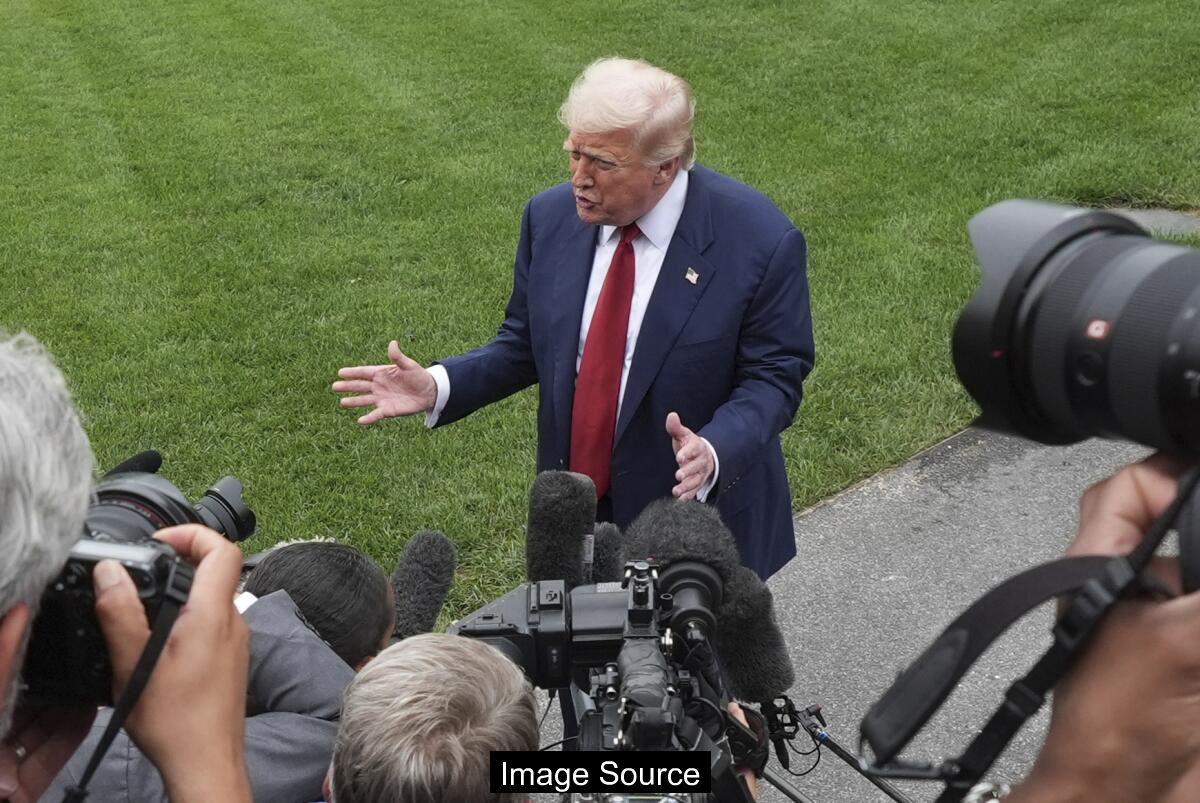President Donald Trump intensified his economic confrontation with China by announcing new tariffs and dismissing a senior trade advisor in the wake of weaker-than-expected employment figures. The latest moves signal a potential deepening of trade hostilities and reflect the administration’s aggressive response to economic challenges.

Economic Slowdown and Job Market Stagnation
The U.S. economy experienced a significant slowdown in July, with only 73,000 jobs added, marking the weakest job growth since the pandemic. Government data revealed revised numbers showing minimal job creation in May and June, reflecting widespread economic uncertainty. The stagnation is largely attributed to President Trump’s aggressive trade policies and substantial cuts to government employment.
Stock markets and Treasury yields tumbled in response to these economic indicators, signaling investor concern about the nation’s economic trajectory. The White House council of economic advisors acknowledged the disappointing numbers, describing them as ‘not what we want to see.’ However, President Trump’s response was to fire the Bureau of Labor Statistics commissioner, suggesting without evidence that the data was politically manipulated.
Trade War Escalation and Global Impact
Trump dramatically escalated the trade war by imposing new tariffs on imports from 66 countries, fundamentally challenging decades-old global trade systems. The tariff increases were substantial, with countries like Brazil facing 50% rates on most goods and India encountering 25% import duties. Only a few nations, including the European Union, South Korea, and Japan, managed to negotiate framework agreements.
Economists have consistently warned that these protectionist policies could devastate the U.S. economy, predicting increased prices, slowed growth, and depressed living standards. Despite these warnings, Trump maintained an optimistic stance, claiming that tariffs would bring billions of dollars into the United States. The trade negotiations remain unresolved with critical partners like Canada and Mexico, creating additional economic uncertainty.
Political Responses and Economic Consequences
The Trump administration defended its economic approach, with White House Press Secretary Karoline Leavitt emphasizing the ‘America First’ agenda and claiming the policies would prioritize American job creation. However, financial markets told a different story, with the Dow Jones industrial average falling over 500 points and the NASDAQ dropping more than 2.25%.
Economists are now projecting that U.S. gross domestic product could grow less than 2% this year, representing the worst economic performance since the pandemic’s peak. The increased unemployment rate of 4.2% and dramatic decreases in imports and consumer demand further underscore the potential long-term economic challenges posed by the administration’s trade and economic policies.
International partners like Canada have responded cautiously but firmly. Canadian Prime Minister Mark Carney emphasized national resilience, stating that Canada would focus on building its economic strength despite the challenging trade environment. The ongoing tensions highlight the complex global economic landscape shaped by increasingly protectionist trade strategies.
※ This article summarizes publicly available reporting and is provided for general information only. It is not legal, medical, or investment advice. Please consult a qualified professional for decisions.
Source: latimes.com